Hi there, pet lovers! 🦅
If you’ve ever dreamed of bonding with one of nature’s most extraordinary birds of prey, the Peregrine Falcon (Falco peregrinus) might have caught your eye. Known as the fastest animal on the planet, capable of reaching speeds of over 240 mph (389 km/h) during a dive, these majestic creatures embody elegance, strength, and unparalleled hunting prowess. But is the Peregrine Falcon the right companion for you? Let’s dive into this detailed review and find out together!
Overview
Peregrine Falcons are awe-inspiring birds of prey, revered for their speed, agility, and striking appearance. They are not your typical pet, and owning one requires specialized knowledge, permits, and a deep commitment to their care. Here’s a quick summary of what makes them stand out:
- Handling and Temperament: Highly intelligent and trainable, but not suitable for beginners. They require experienced handling and falconry expertise.
- Care and Maintenance: Extremely demanding. They need a specialized diet, large enclosures, and daily outdoor flying sessions.
- Health and Durability: Generally hardy but prone to specific health issues like bumblefoot and respiratory infections.
- Availability: Highly regulated and difficult to obtain. Permits and falconry licenses are required.
- Cost: Expensive to purchase and maintain, with significant upfront and ongoing costs.
Overall: Peregrine Falcons are magnificent creatures, but they are best suited for experienced falconers or wildlife educators. They are not recommended for casual pet owners.
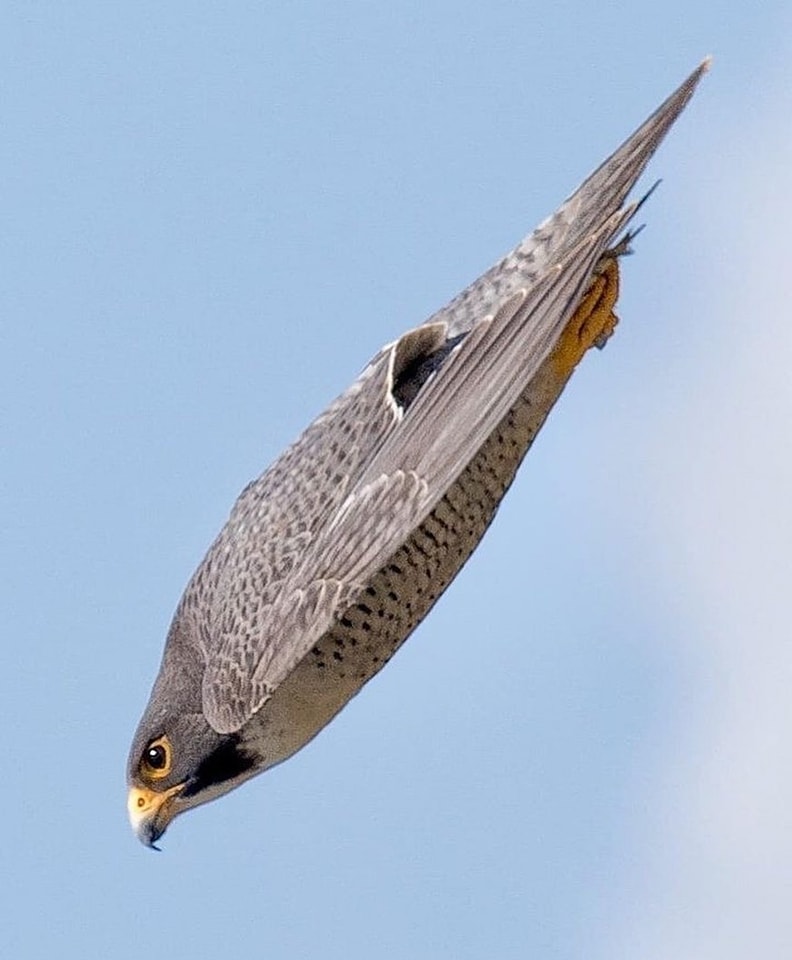
Why Choose a Peregrine Falcon?
Peregrine Falcons are not your average pet. They are wild animals with specific needs that require a deep understanding of their biology and behavior. However, for those with the expertise and resources, they can be incredibly rewarding companions.
These birds are living dinosaurs, representing the pinnacle of avian evolution. Their speed, precision, and hunting skills are unmatched in the animal kingdom. For falconers, educators, or wildlife enthusiasts, owning a Peregrine Falcon is a unique opportunity to connect with one of nature’s most extraordinary predators.
That said, they are not for everyone. Their care is complex, their temperament is high-strung, and their legal requirements are stringent. If you’re considering a Peregrine Falcon, you must be prepared for a lifelong commitment to their well-being.
Handling and Temperament
Peregrine Falcons are highly intelligent and trainable, but they are not cuddly or affectionate in the way many people expect from pets. They are wild animals with strong instincts, and their behavior reflects this.
Personality Variations
- Some Peregrine Falcons are calm and cooperative, especially if they are imprinted (raised by humans from a young age).
- Others are more nervous and high-strung, reflecting their natural instincts as apex predators.
Handling Tips
- Always handle them with a heavy-duty falconry glove to protect yourself from their sharp talons.
- Avoid sudden movements or loud noises, as these can startle them.
- Be prepared for them to fly off or jump unexpectedly. They are highly active and need space to move.
Biting
Peregrine Falcons rarely bite, but their talons are their primary defense mechanism. If they feel threatened, they may grip tightly, which can be painful. Proper handling techniques and respect for their boundaries are essential.
Care and Maintenance
Caring for a Peregrine Falcon is a full-time commitment. Their needs are complex and require specialized knowledge, equipment, and resources.
Enclosure Setup
- Mews: Peregrine Falcons require a large outdoor enclosure called a mews. This structure must be spacious, secure, and well-ventilated.
- Perches: Provide a variety of perches at different heights to mimic their natural environment.
- Weather Protection: Ensure the mews is protected from extreme weather conditions, such as heavy rain or intense sunlight.
Diet
- Primary Food: Peregrine Falcons are carnivores and require a diet of fresh meat, typically small birds or mammals.
- Feeding Schedule: They must be fed daily, and their food must be high-quality and nutritionally balanced.
- Supplements: Occasionally, live prey can be offered to stimulate their hunting instincts.
Exercise
- Daily Flying: Peregrine Falcons need daily outdoor flying sessions to stay physically and mentally healthy. These sessions must be supervised to prevent accidents or escapes.
- Training: Regular training is essential to maintain their skills and strengthen the bond between the falconer and the bird.
Cleaning and Maintenance
- Enclosure Cleaning: The mews must be cleaned regularly to prevent the buildup of waste and bacteria.
- Feather Care: Inspect their feathers regularly for damage or signs of illness.
- Health Checks: Schedule regular checkups with an avian veterinarian to monitor their health.
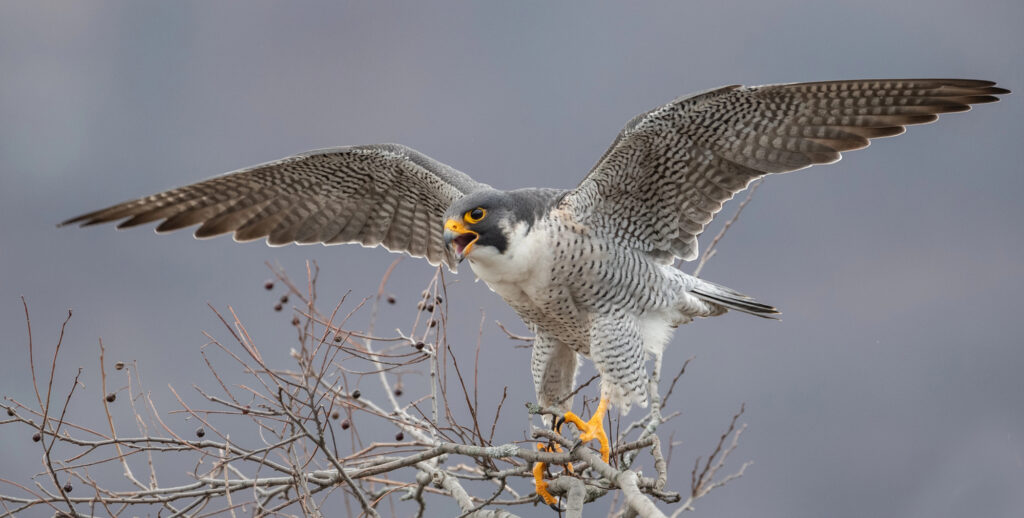
Health and Durability
Peregrine Falcons are generally hardy birds, but they are prone to specific health issues that require vigilant care.
Common Health Issues
- Bumblefoot: A bacterial infection of the feet caused by unsanitary perches or improper care.
- Respiratory Infections: Often caused by poor ventilation or excessive humidity in the enclosure.
- Feather Damage: Broken or damaged feathers can impair their ability to fly.
Preventative Care
- Maintain a clean and sanitary environment.
- Provide a balanced diet and ensure they receive adequate exercise.
- Schedule regular veterinary checkups to catch and address potential issues early.
With proper care, Peregrine Falcons can live up to 15 years in captivity, making them a long-term commitment for dedicated owners.
Availability and Cost
Peregrine Falcons are highly regulated and not easily available to the average person.
Where to Buy
- Falconry Programs: The most common way to obtain a Peregrine Falcon is through a licensed falconry program.
- Breeders: Some specialized breeders may offer Peregrine Falcons, but they are rare and expensive.
- Permits: Ownership requires extensive permits and adherence to strict legal guidelines.
Cost
- Initial Purchase: The bird itself can cost anywhere from $5,000 to $15,000, depending on its lineage and training.
- Enclosure: Building a mews can cost thousands of dollars.
- Ongoing Expenses: Food, veterinary care, and equipment add up quickly, making this a significant financial commitment.
Pros and Cons
Pros
- Unmatched Speed and Agility: Watching a Peregrine Falcon in action is a breathtaking experience.
- Intelligence and Trainability: They are highly responsive to training and can form strong bonds with their handlers.
- Unique Bond: For experienced falconers, the relationship with a Peregrine Falcon is deeply rewarding.
Cons
- High Maintenance: Their care is complex and time-consuming.
- Legal Restrictions: Ownership requires permits and adherence to strict regulations.
- Cost: They are expensive to purchase and maintain.
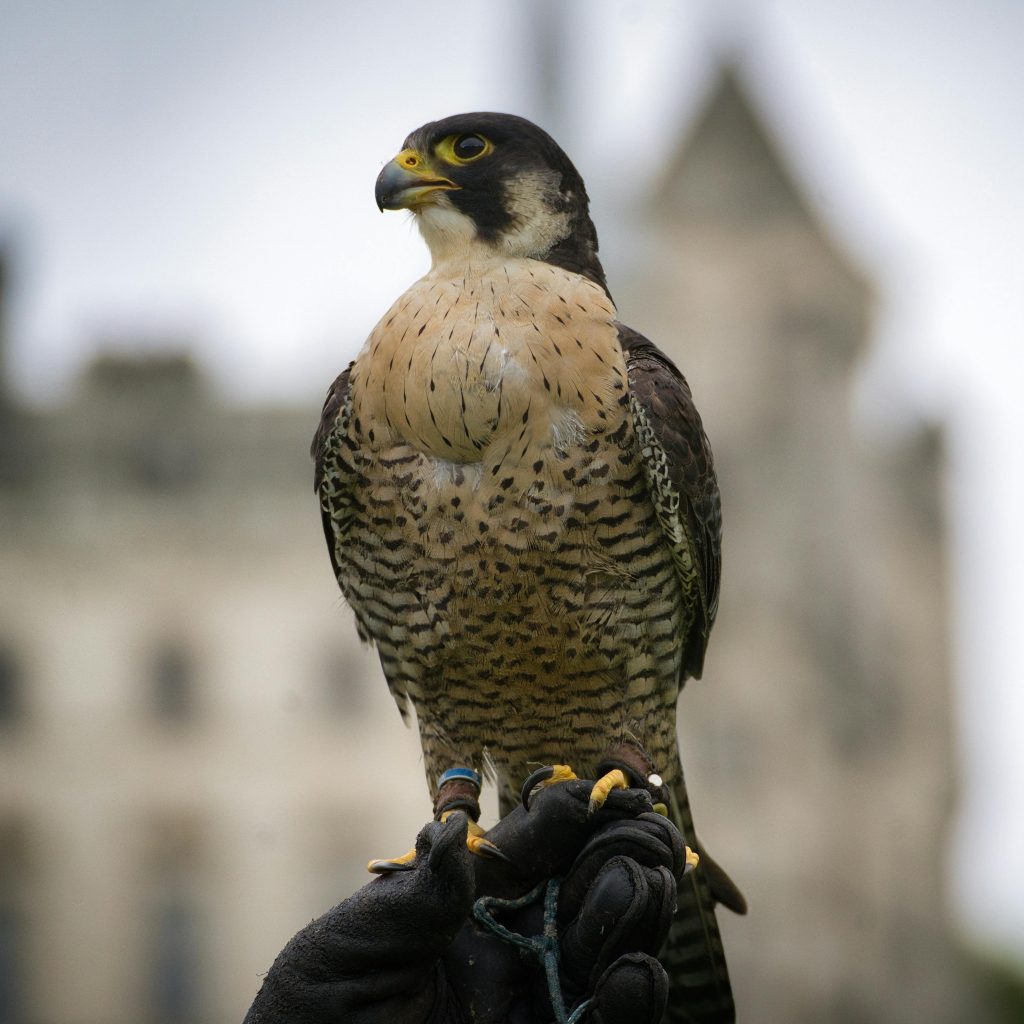
Final Thoughts
Peregrine Falcons are magnificent creatures that represent the pinnacle of avian evolution. Their speed, grace, and intelligence make them exceptional companions for experienced falconers or wildlife educators. However, they are not suitable for the average pet owner.
If you’re considering a Peregrine Falcon, ensure you have the knowledge, experience, and legal permissions to provide the care they deserve. For those who meet these criteria, the bond formed with such a magnificent bird is truly unparalleled.
As always, we encourage responsible pet ownership and hope this review has given you a deeper understanding of what it takes to care for a Peregrine Falcon. Let us know your thoughts or experiences with these incredible birds in the comments below!
For more animal care tips and reviews, stay tuned to our blog and don’t forget to subscribe to our newsletter! 🦅

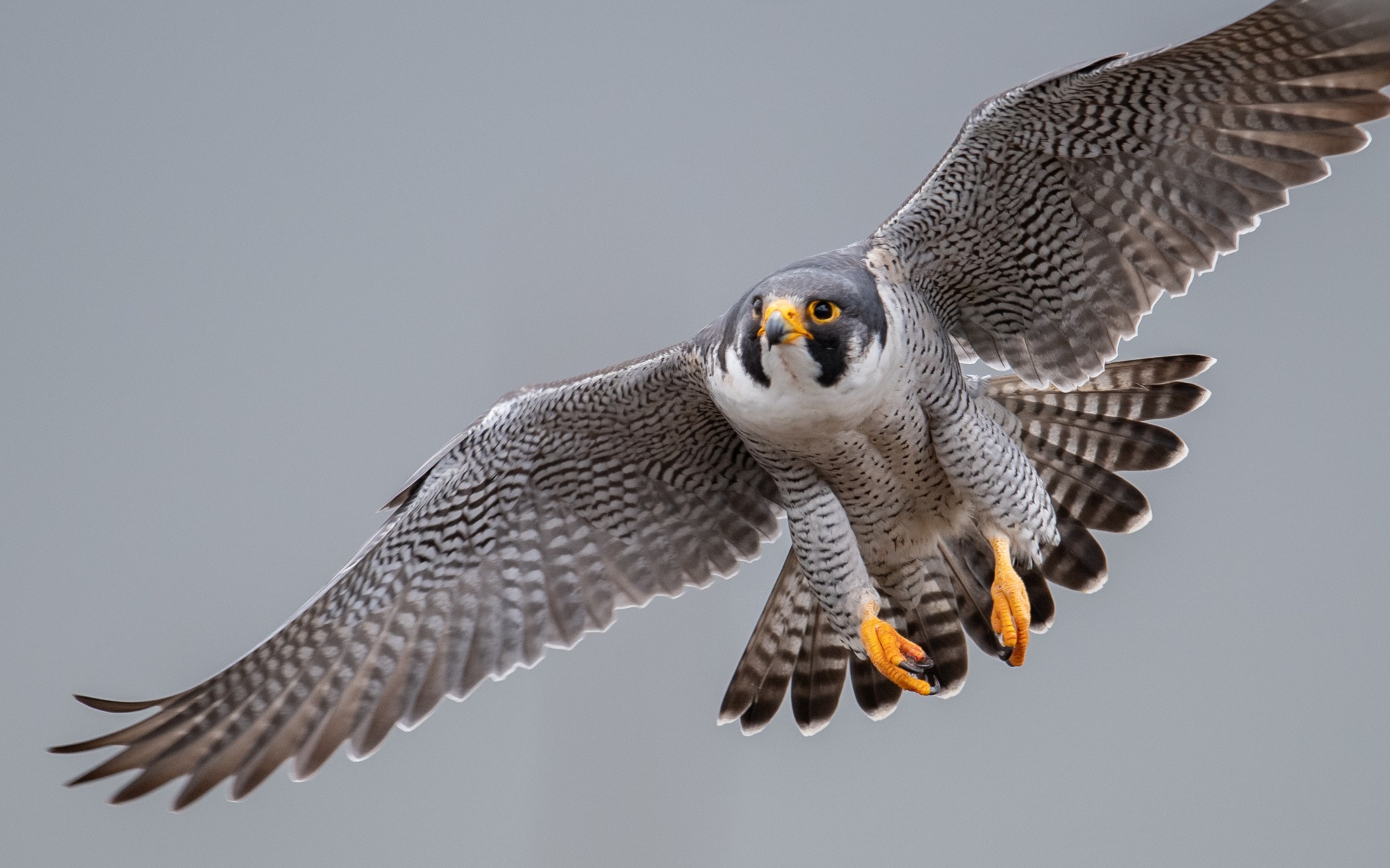

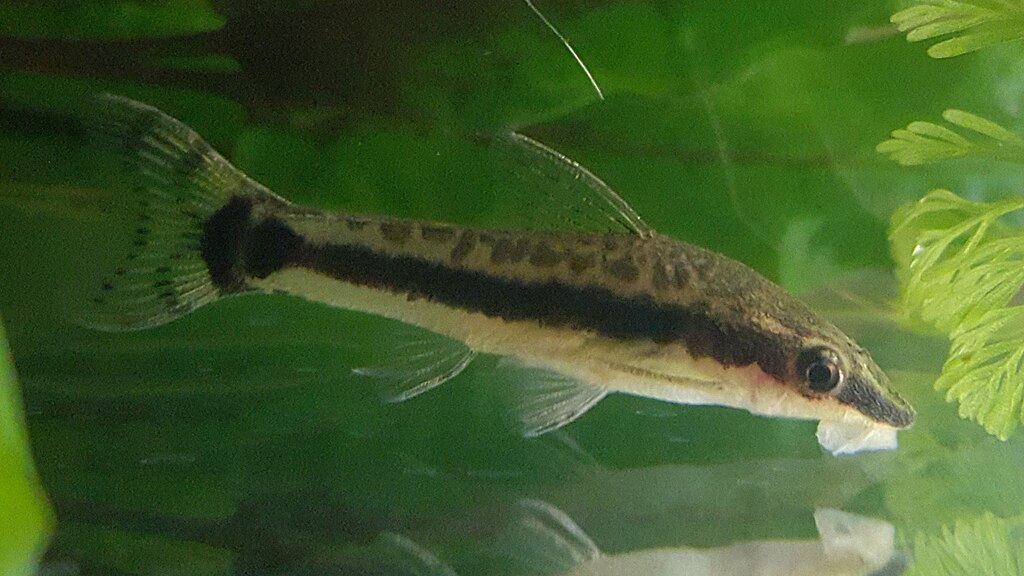

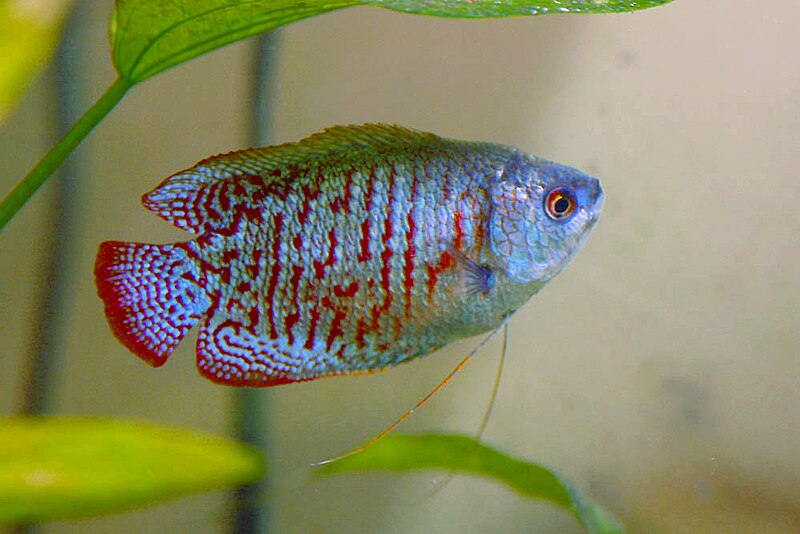

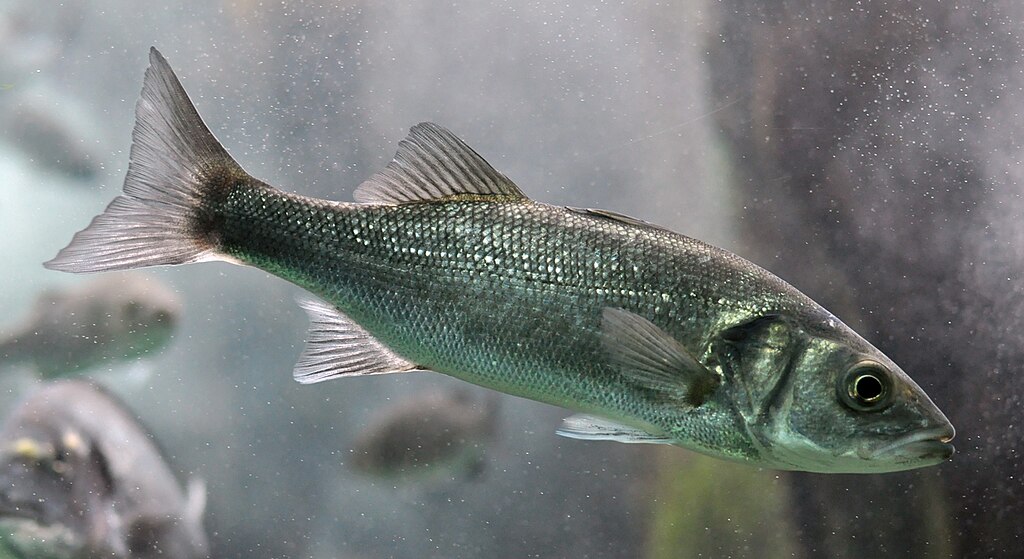
Leave a Reply